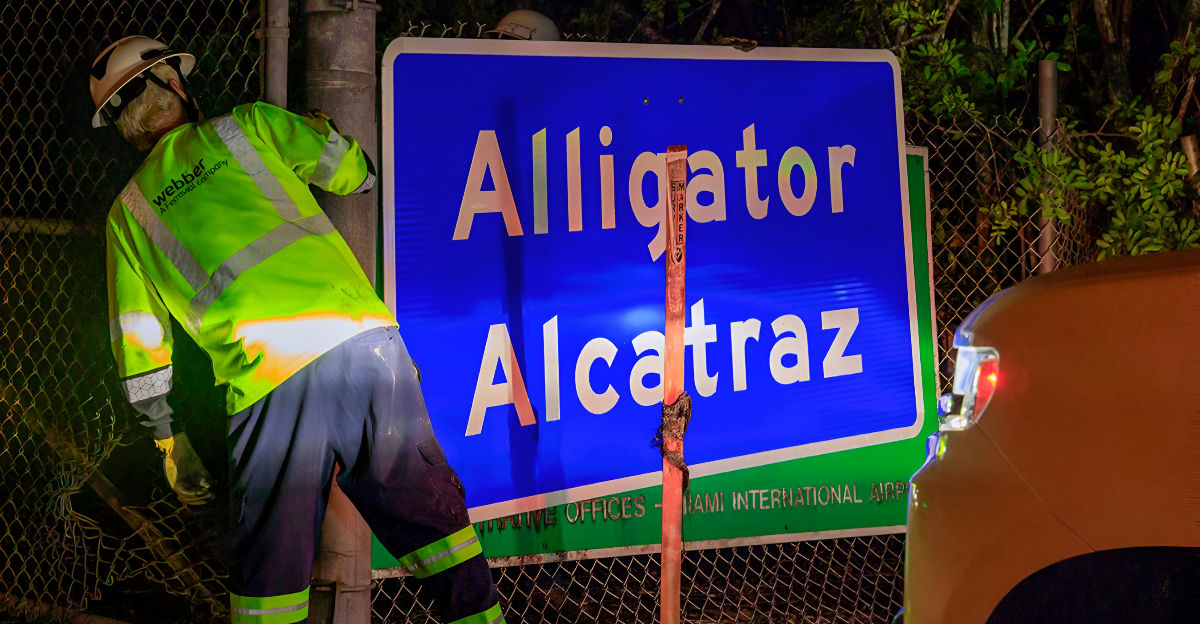
Hidden deep within the sprawling Florida Everglades, a mysterious new facility has quietly taken shape. Unlike typical detention centers enclosed by concrete walls or razor wire, this one is surrounded by swamps teeming with alligators, pythons, and other natural dangers. The location is remote, accessible only by limited roads and guarded by the harsh environment.
This fortress of nature and man blurs the line between security and wilderness, raising questions about what is contained and why. Dubbed “Alligator Alcatraz,” the site evokes intrigue and unease, a place where escape is not just about breaking fences but surviving the wild. What is the story behind this unusual detention center, and what does it mean for the people held inside?
Why This Facility Matters Beyond Florida
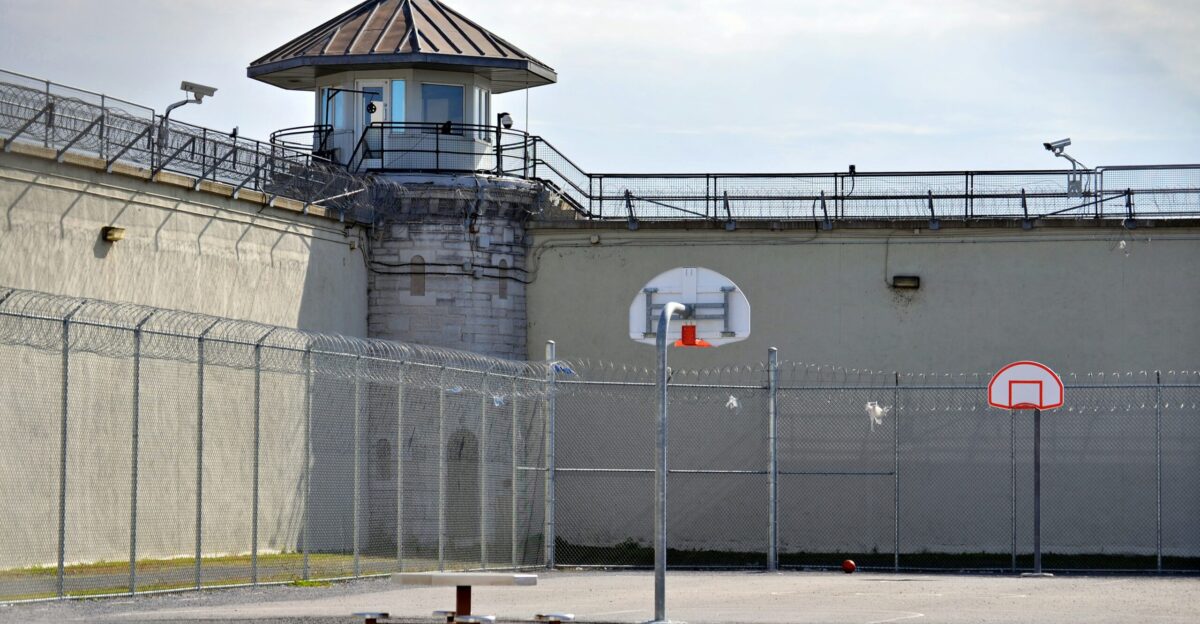
The emergence of “Alligator Alcatraz” is sparking intense debate far beyond Florida’s Everglades. As immigration enforcement faces mounting pressures nationwide, this remote detention center is a potential blueprint for future facilities. Its combination of harsh natural barriers and rapid construction raises critical questions about the direction of U.S. immigration policy.
Could other states adopt similar models, using geography and wildlife as deterrents? The implications extend to human rights, environmental preservation, and community safety across the country. This facility symbolizes a broader national struggle over managing immigration, balancing security, humanitarian concerns, and legal responsibilities. The stakes are high, and the nation watches closely to see if this controversial approach will redefine immigration enforcement or become an isolated experiment.
A Modern Prison Tale
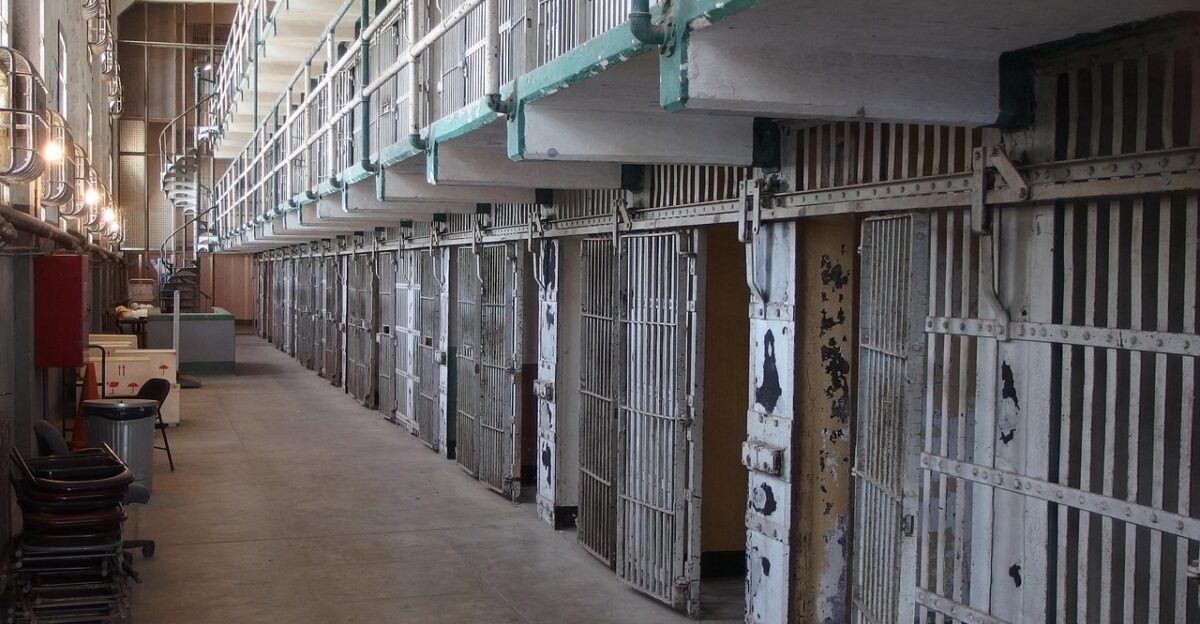
The name “Alligator Alcatraz” conjures images of the notorious Alcatraz prison island, once considered escape-proof due to its isolation by cold, turbulent waters. But this new facility writes a different story. Located in the Florida Everglades, surrounded by swamps filled with alligators, venomous snakes, and dense vegetation, it offers a natural barrier far more lethal than the San Francisco Bay. Escape attempts here would mean confronting the dangers of the wilderness itself.
This modern “Alcatraz” blends artificial confinement with nature’s defenses, creating a chilling environment for detainees. The symbolism is powerful: a prison guarded by walls and the unforgiving ecosystem. This historical echo adds weight to the ongoing debate about the ethics and effectiveness of such a detention strategy.
Overcrowded and Overwhelmed: The Search for Tougher Solutions

As immigration detention centers across the United States became overcrowded, officials scrambled for alternatives. The solution was unexpected: convert a disused airstrip deep in the Everglades into a sprawling detention camp. The site’s natural isolation and dangerous wildlife were seen as assets, providing a built-in deterrent against escape. However, this choice has ignited controversy.
Critics argue that the location is inhumane, exposing detainees to flooding, extreme heat, mosquito-borne diseases, and psychological stress from isolation. Environmentalists warn of irreversible damage to the fragile Everglades ecosystem. The decision reflects a shift toward using geography and nature as enforcement tools, raising ethical and legal questions about the balance between security and human dignity in immigration policy.
Nature as a Guard
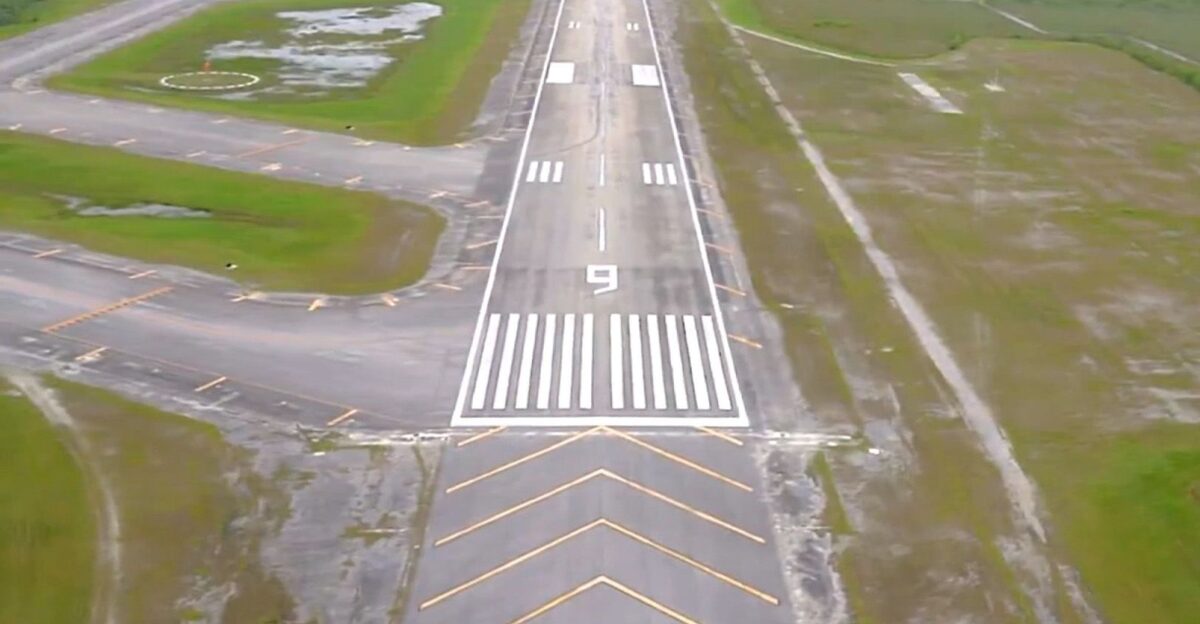
“Alligator Alcatraz” is a detention facility hastily constructed on the Dade-Collier Training and Transition Airport runway, a remote site in the Everglades. It can hold up to 5,000 migrants, many awaiting deportation or asylum hearings. Chain-link fences and razor wire surround the facility, but what sets it apart is the natural barrier of dangerous wildlife; alligators, pythons, and venomous snakes inhabit the surrounding swamps.
Florida Governor Ron DeSantis has embraced the name and the facility’s tough stance, promoting it as a deterrent to illegal immigration. However, human rights advocates and environmentalists criticize the center for harsh living conditions, including flooding tents, poor sanitation, and exposure to disease-carrying insects. “Alligator Alcatraz” is a stark symbol of America’s evolving immigration enforcement strategies.
Politics, Protests, and Environmental Concerns

The establishment of “Alligator Alcatraz” has ignited a firestorm of controversy in Florida. State lawmakers attempting to inspect the facility were denied entry, fueling accusations of secrecy and lack of transparency. Local activists have organized protests, condemning the treatment of detainees and calling for the center’s closure. Indigenous groups have voiced concerns about the facility’s location on or near sacred lands, warning that construction and operations threaten cultural heritage and the fragile Everglades ecosystem.
Environmentalists highlight the risk of pollution and habitat destruction. This local conflict resonates nationally, symbolizing the tensions between immigration enforcement, environmental protection, and human rights. The Everglades, a unique and vital ecosystem, has become a battleground where these competing interests collide.
Human Stories Behind the Fence: Life Inside the Facility
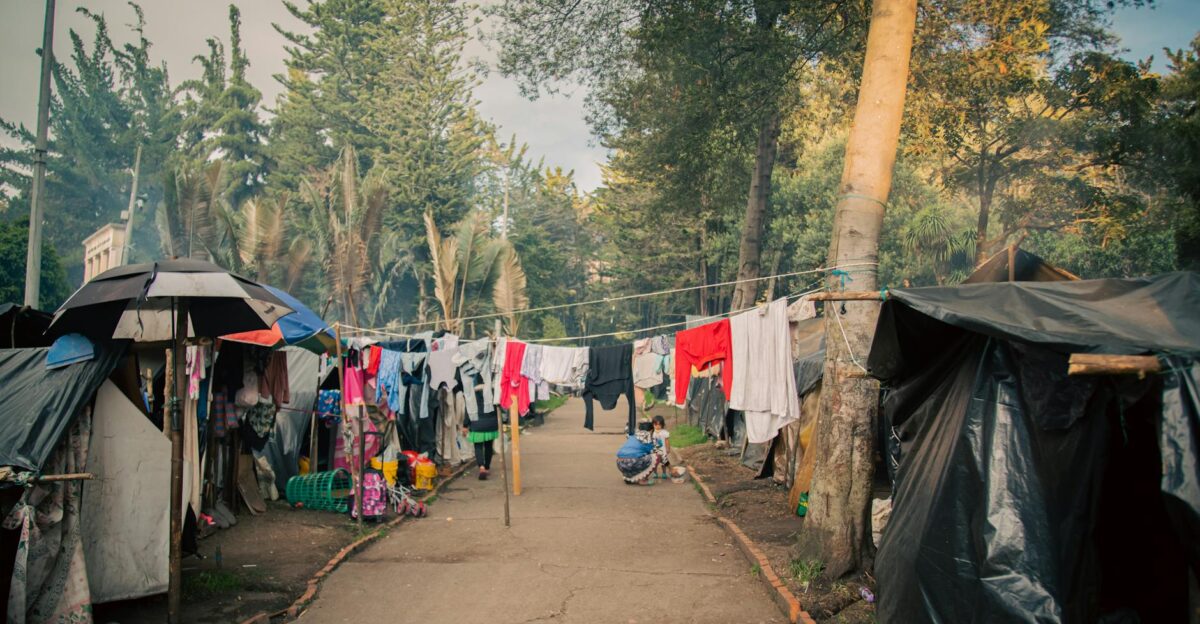
Beyond political debates and environmental concerns, “Alligator Alcatraz” is home to thousands of migrants facing difficult, often traumatic conditions. Many detainees live in tents exposed to the elements, suffering from flooding, heat exhaustion, and insect bites. The psychological toll of isolation in such a hostile environment is profound, with limited access to legal counsel or family contact.
Staff working at the facility report challenging conditions, including long hours, understaffing, and the emotional strain of managing vulnerable populations in a remote location. Families separated by immigration policies find themselves caught in the middle, their futures uncertain. These human stories reveal the complex, often painful realities behind the headlines and statistics.
Will Other States Follow Suit?
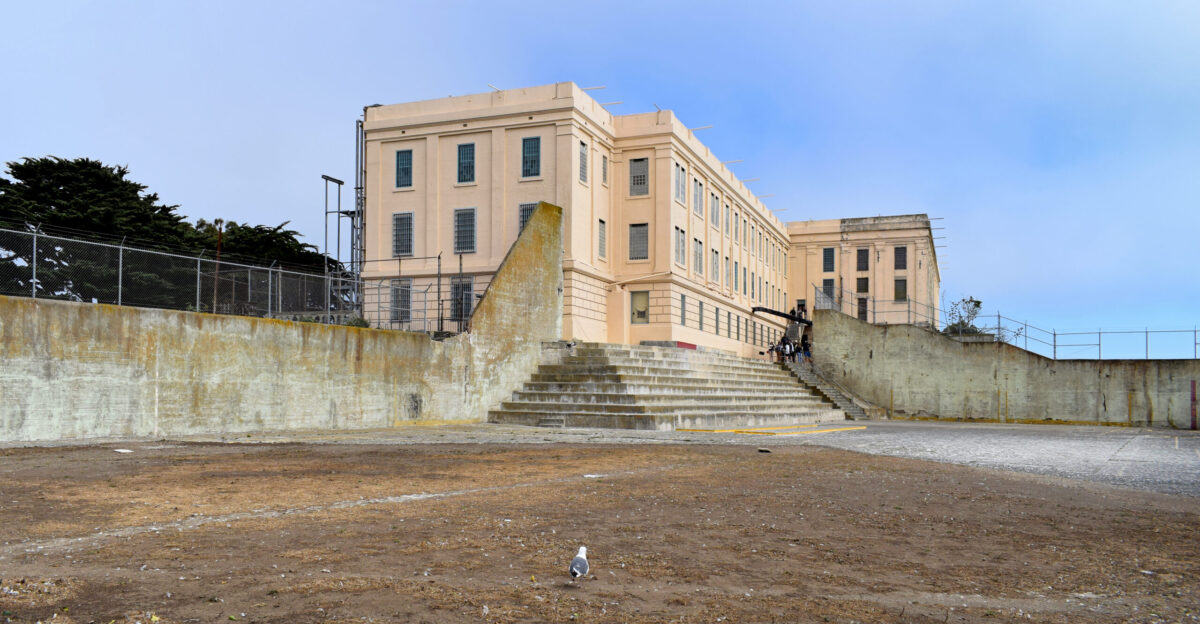
The rapid construction and controversial nature of “Alligator Alcatraz” have drawn national attention. Other states grappling with immigration enforcement challenges are observing the facility’s impact closely. Some may adopt similar models that rely on remote, natural barriers to deter escape. However, competing approaches emphasizing community-based alternatives, rehabilitation, and humane detention conditions continue to gain traction.
Federal agencies and policymakers face pressure to balance security with ethical treatment and environmental responsibility. The future of immigration enforcement could hinge on whether “Alligator Alcatraz” is seen as an effective deterrent or a cautionary example of excess. The competition between these models will shape the national immigration landscape for years.
Shifting Policies and Public Opinion: The Bigger Picture
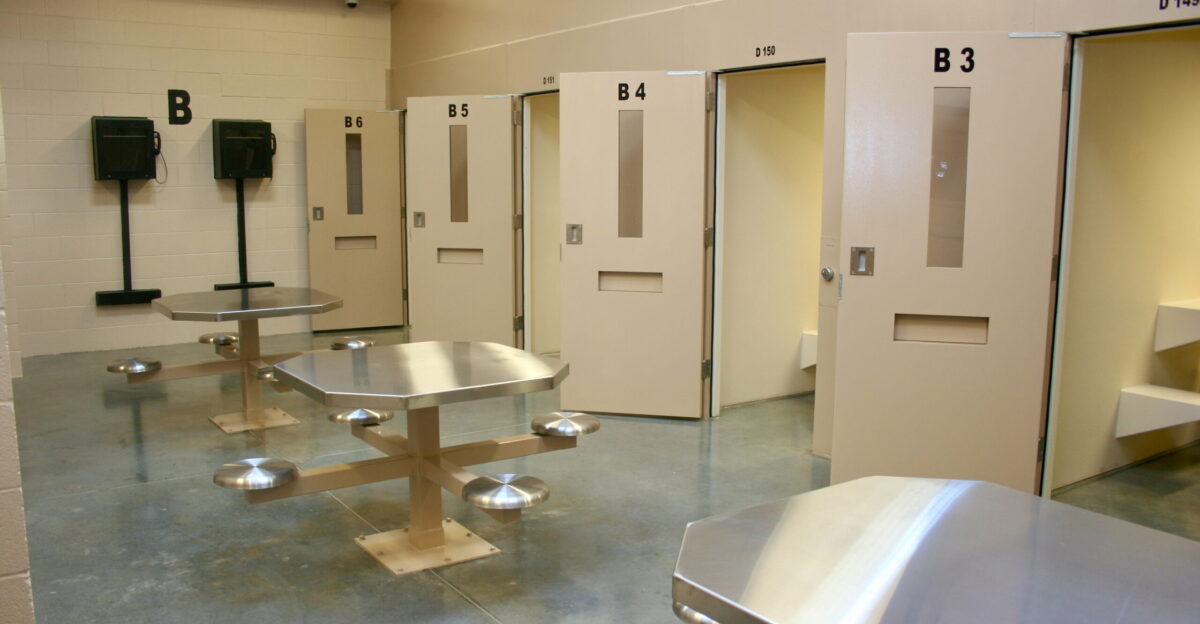
“Alligator Alcatraz” exemplifies a broader trend toward increasingly stringent immigration policies in the United States. Public opinion has polarized, with a growing segment favoring hardline enforcement and deterrence strategies, while others advocate for more compassionate, rehabilitative approaches. This detention center’s reliance on natural barriers as part of its security strategy reflects a shift away from traditional incarceration toward innovative, if controversial, methods.
The facility also highlights the tension between national security priorities and humanitarian concerns. As immigration remains a hot-button issue, “Alligator Alcatraz” is a physical manifestation of the evolving debate over managing migration, border control, and human rights in a complex, changing world.
The Road Ahead: Blueprint or Cautionary Tale?
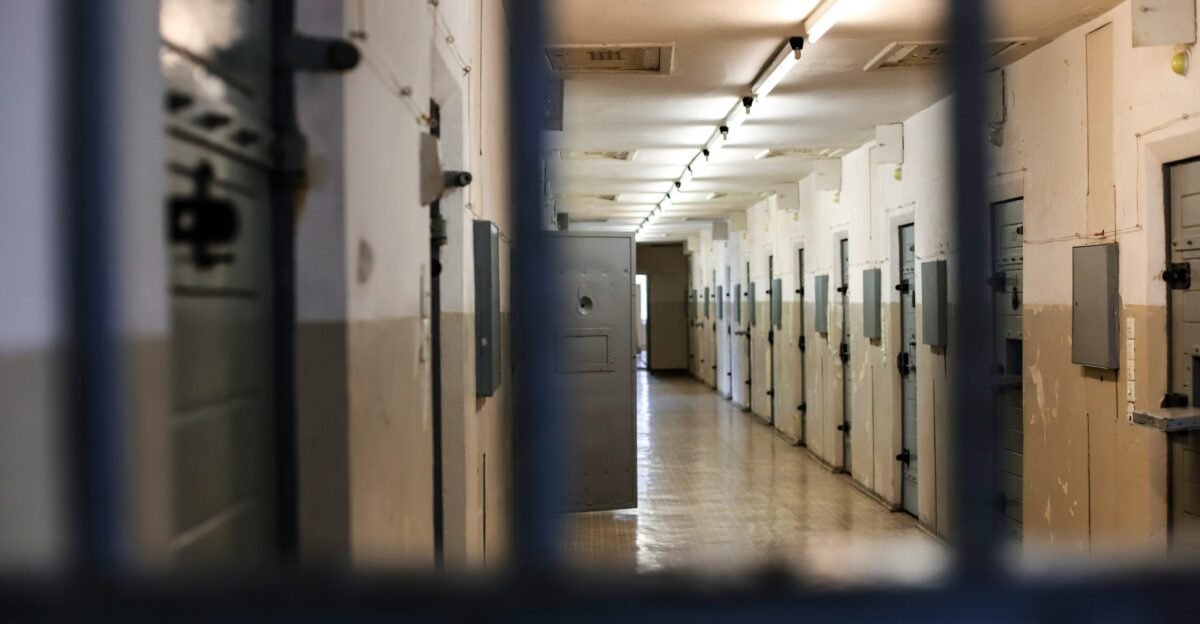
The fate of “Alligator Alcatraz” remains uncertain. Legal challenges over environmental damage and detainee treatment continue to mount, while political opposition grows louder. Will this facility be replicated across the country as a new standard for immigration detention, or will it serve as a warning against extreme measures that compromise human dignity and environmental integrity? The answers will shape the future of U.S. immigration policy.
The debate over balancing security, compassion, and sustainability intensifies as the nation watches. The Everglades detention center stands at a crossroads, symbolizing a brutal crackdown or a cautionary tale about the costs of harsh enforcement. Its legacy is yet to be written.







